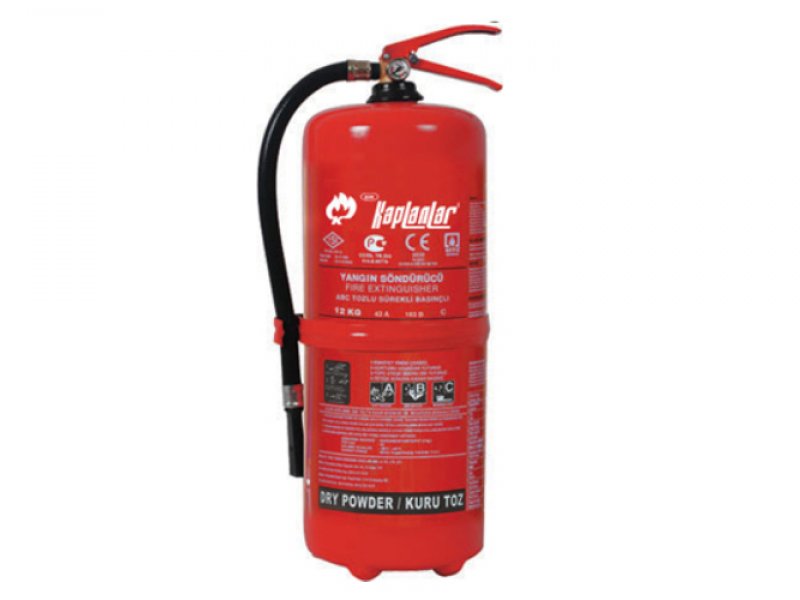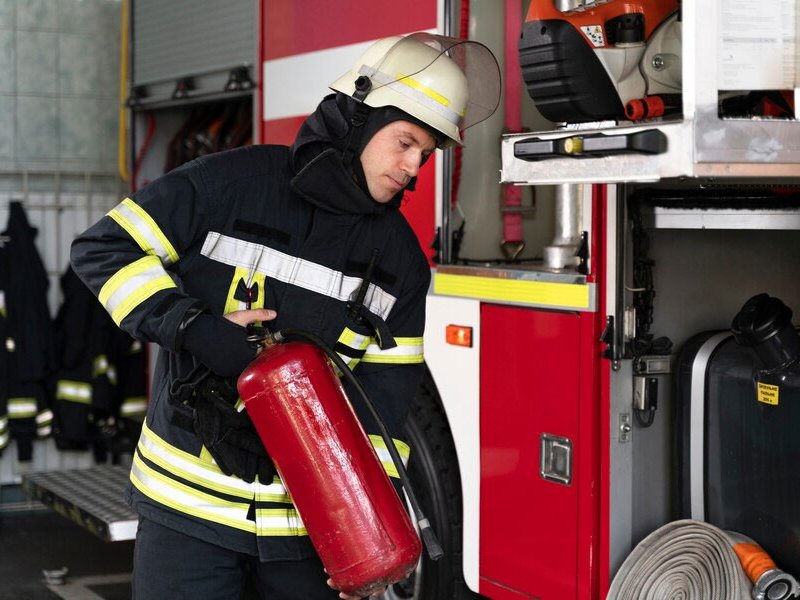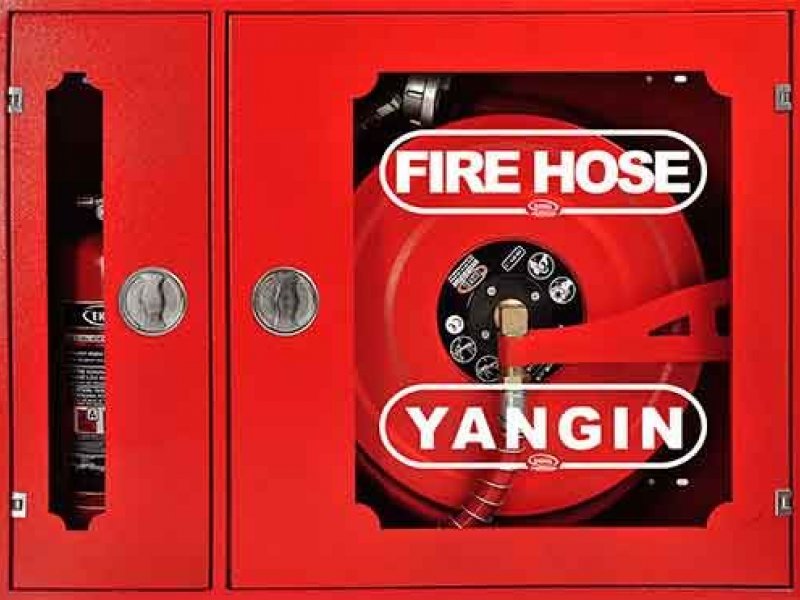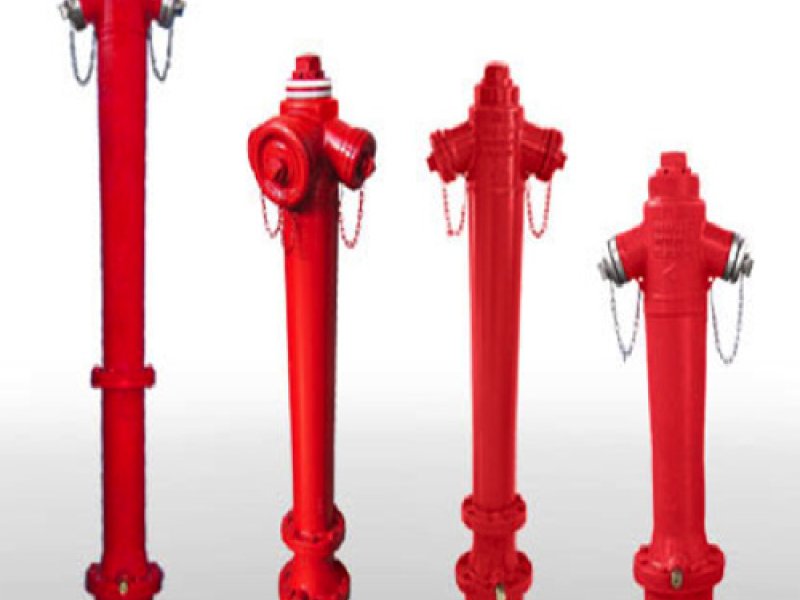
Fire Extinguishing Equipment — A fire extinguisher must be regularly inspected and maintained to be effective. A fire extinguisher is a portable device used for fire extinguishing purposes.
Read More
Using fire extinguishers correctly can make a big difference in the event of a fire. Here is a step-by-step guide to proper use...
Read More
The purpose of the fire cabinet is to use water or foam extinguishers to quickly respond to fires in buildings and facilities.
Read More
A hydrant is a connection made to the main fire supply line to take water from the main fire supply line to hoses and other fire protection devices.
Read More
Sprinkler Fire Extinguishers are mounted on the ceiling in rooms. If the temperature in the fire environment reaches 68°C - 79°C - 93°C, the mercury in the sprinkler explodes and they are designed to be activated automatically without the need for human intervention.
Read More